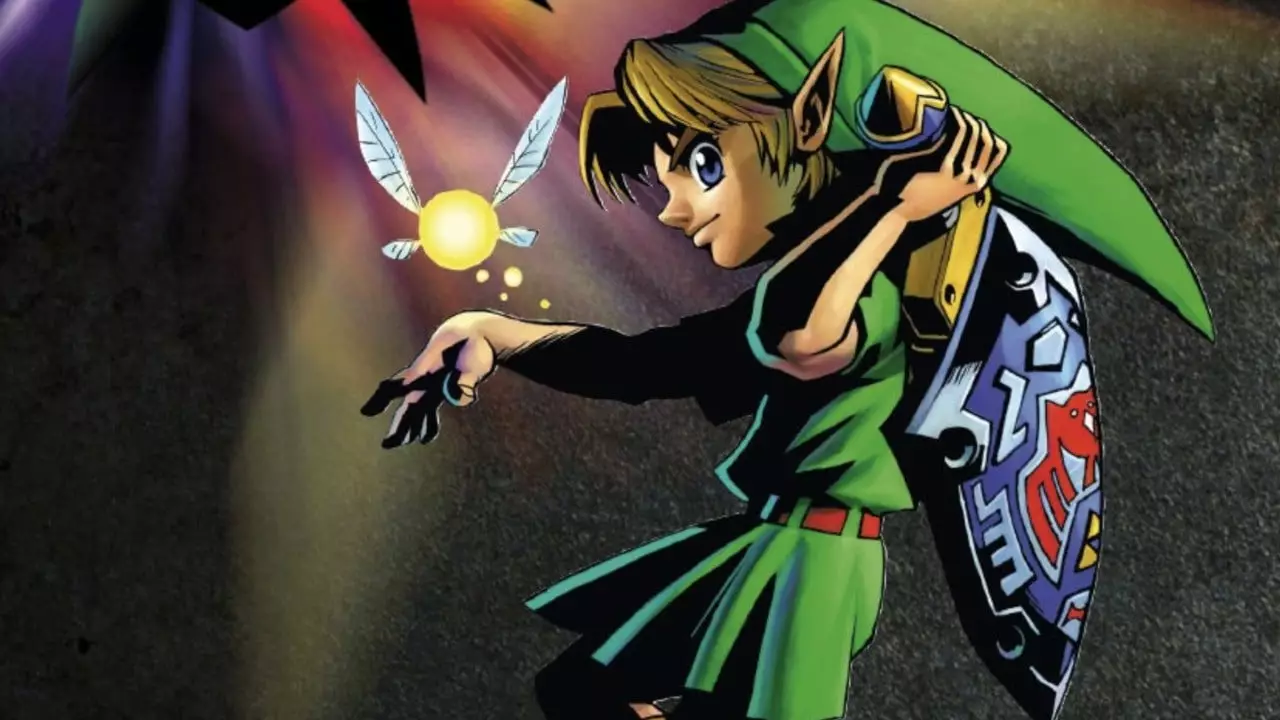The evolution of gaming technology is a thrilling journey, especially when it involves groundbreaking ideas that transcend traditional input methods. Nintendo, known for its innovative approach to game design and hardware, has a long history of experimentation with peripherals. One of the most intriguing examples from the Nintendo 64 era is the Voice Recognition System (VRS), which incorporated voice commands into gameplay. Among the few games that tested this technology, “Hey You, Pikachu!” stands out, but it was not the only title to flirt with this futuristic interface. Notably, “The Legend of Zelda: Majora’s Mask” was also designed with potential voice commands in mind, highlighting Nintendo’s ambition to deepen player interaction with its games.
Recent discoveries by modder ‘Skawo’ have brought renewed attention to Majora’s Mask’s dormant voice recognition capabilities. Through careful analysis of the game’s decompilation, it has been unveiled that the code for supporting the VRS is still embedded in the game. Skawo’s findings recall work originally uncovered by fellow modder Zoinkity, dating back six years. The relationship between these two modders illustrates a community that thrives on revealing the hidden complexities within celebrated games.
In Skawo’s demonstrations, it becomes clear that five specific voice commands were coded into Majora’s Mask. The game was structured to recognize voice inputs upon startup, provided that the appropriate VRS was connected. These commands included whimsical and situational triggers, such as taking photos, requesting milk from cows, finding out the time before the moon’s collision with Termina, waking up a sleepy Deku Scrub, and even urging Epona faster with a command for carrots. Interestingly, conceptually basic yet fascinating, a sixth command, “sit,” which likely interacted with the dogs in-game, never made it to fruition, leaving gamers to ponder what could have been.
Despite these intriguing discoveries, the functionality tied to the voice commands remains dormant due to an unfulfilled condition coded into the game’s architecture. Primarily, for the voice recognition commands to function, the game necessitated that a memory address (0x801D8E3C in the U.S. version 1.0) be set to a specific value (3) before activation. This stipulation wasn’t satisfied, suggesting a last-minute adjustment or oversight during the game’s development. Such insights underline the meticulous yet unpredictable nature of game development, where a feature capable of altering the gaming experience can be rendered inactive due to coding decisions made late in the process.
Reflecting on these unused features in Majora’s Mask evokes a sense of nostalgia for many gamers, who marvel at the imaginative capabilities of earlier era gaming consoles. In an age where voice recognition technologies are commonplace—think of assistants like Siri and Alexa—it is fascinating to consider how these early attempts influenced the trajectory of modern gaming. Features like those conceptualized for Majora’s Mask emphasize not just a desire for novelty but the ambition of game designers to create more immersive experiences that resonate with players at a deeper level.
The exploration of voice commands within Majora’s Mask poses an intriguing question: Should contemporary game developers embrace voice interaction as part of the gameplay experience? While there are some modern strides in this area, such as voice commands in various shooters or interactive storytelling games, the depth and nuance that voice-enabled gameplay could bring is often neglected. Considering the engagement levels that augmented perceptions through voice can yield, bringing such functions into more mainstream titles would honor the legacy of unique innovations like those attempted in Majora’s Mask.
Ultimately, the discoveries surrounding the voice functionality in “The Legend of Zelda: Majora’s Mask” illuminate not only the unutilized potential of voice recognition but also the innovative spirit that Nintendo has always encapsulated. Skawo’s findings give voice to resonant nostalgia while prompting discussions about the future of gaminginteraction. As technology continues to evolve, the questions remain: How might voice recognition redefine our interaction with game worlds, and what other hidden features lie dormant, waiting to be discovered? The legacy of Nintendo’s experimentation continues to inspire a generation that yearns for deeper connections with their virtual experiences.

